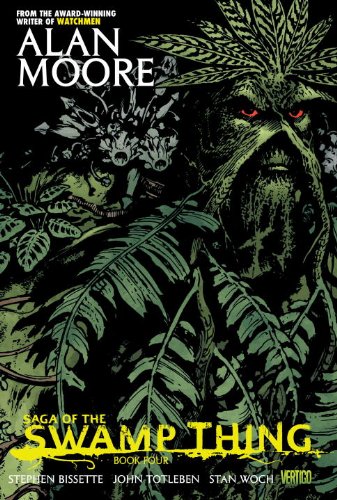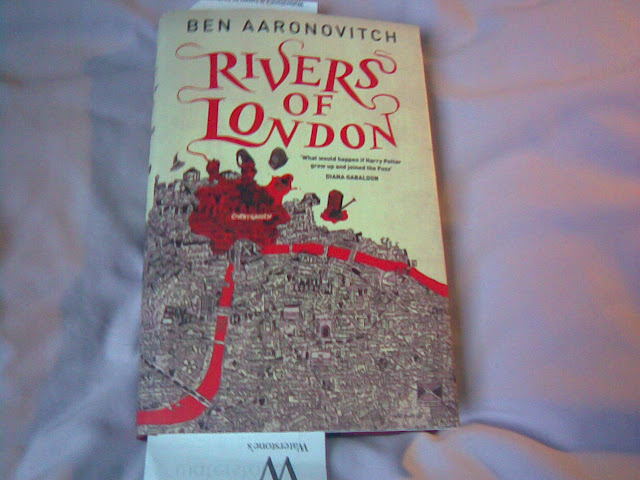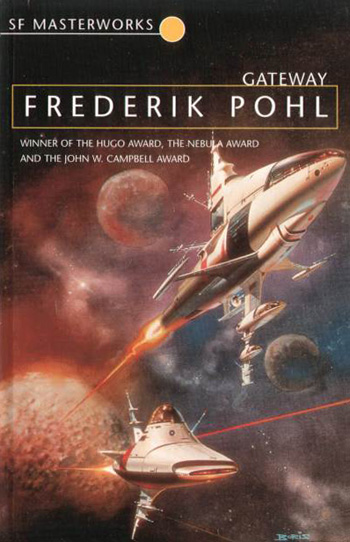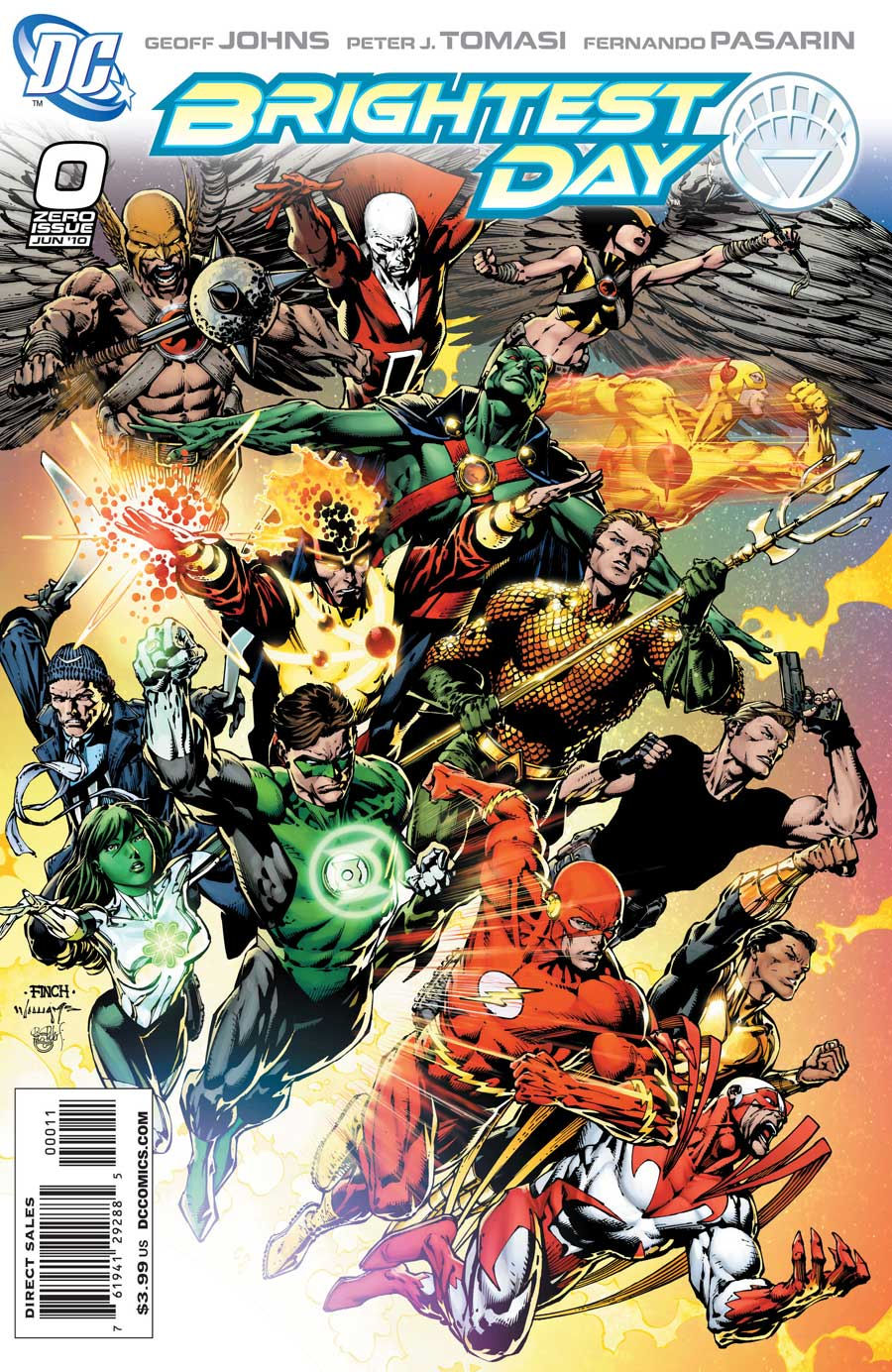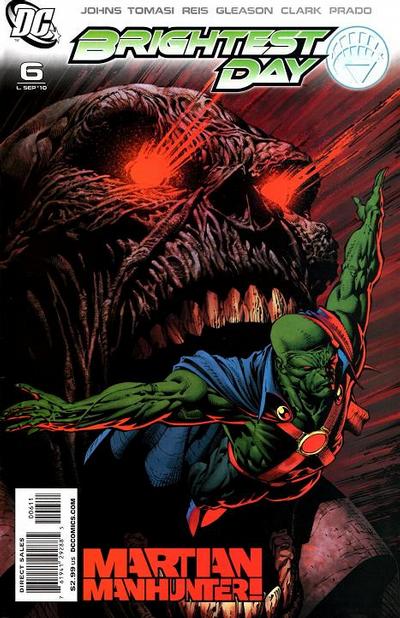This isn't a review as such, more of a consideration of certain aspects of the film. So I'm going to reveal the beginning and the very end. The bit in between, however, I'll leave a bit vague. If you don't want to know what happens at the beginning and the end, look away from the screen now.
A businessman (Ken Watanabe) wants our hero (Leonardo Dicaprio) to do something for him. If Dicaprio does, Watanabe will do something for him. Result: he does and he does. I'll be going back to end to discuss its meaning as there seems to be confusion about its significance.
I actually get the impression that many in the audience find Inception confusing on their first viewing. This puzzles me as, and I may have missed something, but the film actually seems quite straightforward to me. Everything you need to know is given to you; along with at least a couple of red herrings as well. It's about dreams and writer-director Nolan lays down the rules of dreams early on and mostly sticks to them.
The premise is that by means of a drug, certain individuals get into the minds of others and, using their dreaming, find out secrets. The drug also creates a heightened realistic dream in which time passes more slowly than in the real world. Next, a dream within a dream can be created in which time passes even more slowly, then a dream within a dream, until the final level in which the dreamer can be trapped and a lifetime may pass in a few hours. I'm going to come back to this.
Now the story has Watanabe wanting Dicaprio to plant the idea of splitting the business empire of his dying business rival (Pete Postlethwaite) in the mind of Postlethwaite's son and heir (Cilian Murphy), So Dicaprio gathers a team together and goes into action. If this sounds a very familiar story, you're right: this a caper movie like the A-Team and Oceans 11, but with a twist.
Apart from his partner in crime (Joseph Gordon Levitt), he recruits several people for the team including Ellen Page who designs the architecture of the dream and who is used as the means by which the structure of dreams can be shown to the audience and also how reality within the dreams can be altered. However Page discovers that Dicaprio's wife (Marion Cotillard) also appears in dreams involving him but as a threat. Why this is is a major part of the story and one I'm not going to spoil. In Dicaprio's own dreams involving his children he can never see their faces. We also know that he can't return to them in America and that another company is hunting him. It's Page who discovers his secret and the threat it poses.
There is a means by which a person can tell if they are in a dream by creating their own talisman. Dicaprio's is a small metal top and he knows he's in a dream if it never stops spinning. Page creates her own but then there is no follow up involving it, it's just a smallish red herring. I also wondered, while watching, if her character's name (Ariadne) had some significance as Ariadne is a character from Greek Myth who designed the maze where the minotaur lived but it's just a reference to what she does in the movie.
Okay, now I can get into the nuts and bolts of the film's internal logic. Early on Dicaprio tells Page that you can never remember the beginning of a dream and he tells her this as they are in a dream. Until that moment the audience didn't know it either because what we had was an ordinary jump cut from one scene to another. This immediately put the viewer on their guard as it forces you to question the reality of each new scene as it happens. Is it a dream or 'reality'. This is very clever and it also makes you wonder if the entire film is set within a dream. Now I would argue that it isn't for the simple reason that it would make the entire film pointless. If everything in it is a dream then there is no reality and without reality there is nothing.
This has particular resonance to the final scene. As Dicaprio goes to meet his children, he starts the top spinning. As he sees their faces it cuts to the top still spinning and the screen goes black. However, it is clear, more from the sound of the top that the sight, that it is faltering. Cutting before it falls over is Nolan's final tease, but there is no doubt in my mind that this final scene is reality.
The movie appears to be set within our present reality but the big problem I have is that is has no discernable effect on society. There is one brief scene where we find a basement full of sleeping dreamers, rather like an opium den and deliberately so I'm sure, who refer to the dreams, their keeper says, as reality. Now this scene takes place in, I think, Mombassa so it's fair to assume that these aren't rich people getting their fix. This implies two things: that the dream-inducing drug isn't a state secret, though it may not be widely known (odd, but I'll give Nolan a pass on that), but even more importantly that is not expensive to use. To me, this has a vast implication which Nolan completely ignores.
I mentioned earlier that there are dreams within dreams within dreams until you get to a level which is difficult to escape from (though Nolan's characters don't exactly find it so) in which you can live a lifetime in a world you create in a few hours.
I'd like to know this: why isn't most of the world on this fucking drug?
You have the chance to live thousands of lives within a normal human lifespan in worlds you create and yet still live a normal life. I wouldn't think twice about it because it means that you effectively could live for the equivalent of (say a thousand trips during your life with a conservative dream lifespan of fifty) 50,000 years. What difference does it make that it's a dream when it seems completely real?
Man, I'd sign up for that in a heartbeat.
And how would society change if that were possible? Now that's a film I'd like to see.











